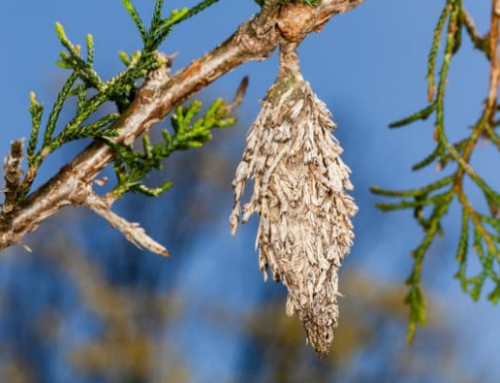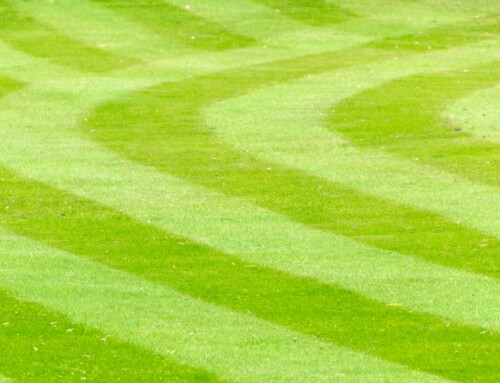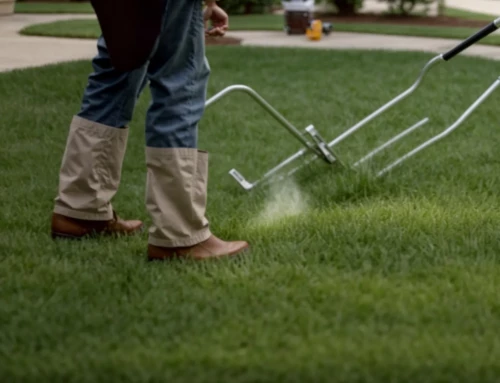As we enter into the cold season and growing season comes to a close, you may be wondering what the next steps are for your lawn. Fortunately, preparing your lawn for the winter season is pretty straightforward! Here are three simple steps to ensure your lawn will bounce back looking lush and healthy come springtime.
Step 1: Winter Prep Starts in the Fall
Aeration and overseeding are important components of ensuring your lawn will have a healthy spring season. Ideally, this will be completed three to four weeks ahead of time before temperatures begin to fall below 50 degrees during the day or below 30 degrees at night. It’s important to get a head start on this step as what’s left of the warm weather will allow the seeds to germinate before winter sets in.
If you missed your window of opportunity for step 1, don’t worry. As long as the ground isn’t frozen, there is still time to aerate your lawn and overseeding can wait until the early spring season. Catch up on the seeding in late February or early March when temperatures begin to rise again. This window is important too, as waiting too far into the warm months will jeopardize the growth of grass seeds as well.
Step 2: Remove Fall Leaves and Debris
Unfortunately for yard work, leaves don’t all shed at once! But the more leaves and debris you can remove now, the more successful your spring season will be. Remember: dry fall debris is much easier to remove than what is soggy in the spring after being snowed and melted on through an entire winter season. So, do as much as you can now!
Ridding your yard of leaves may sound rudimentary, but it’s a very important step. Here are some reasons why:
- Piles of leaves, especially when wet, are breeding grounds for gnats and other bugs.
- If left on the lawn for too long, piles of leaves can choke your grass.
- Abandoned debris increases risk of fungus harmful to your turf.
- Leaf matter can attract rodents as it provides a great home for voles, mice, and other unwanted creatures.
Even better, removing leaves and debris will prepare you for step 3!
Step 3: Winter Fertilizer
The most successful springtime lawns are always prepared with a winter fertilizer fit for its turf. A good winter fertilizer can be found at your local lawn and garden supply store, or consider buying local to support small lawn and garden business!
When applying fertilizer, it’s a good idea to wait until younger grass has matured and been mowed a few times. Applying fertilizer too soon can be harmful to baby grass. Even if you didn’t get a chance to plant new seed in the fall, it’s still good practice to apply a winter fertilizer!
To learn more about the best fall and winter care for your lawn during this cold season, call your local Kansas City Lawn Care company, By the Blade KC!






